The Hanok Smith Likes (스미스가 좋아하는 한옥)
13.4Km 2024-03-11
22-7 Samcheong-ro, Jongno-gu, Seoul
+82-2-722-7003
The Hanok Smith Likes is a restaurant located near Gyeongbokgung Palace, housed in a renovated hanok. It offers a fusion of Korea's traditional beauty with Italian cuisine. Specializing in oven-baked pizza and pasta, it also features a variety of Italian dishes. The oven-baked pizzas are particularly popular, known for their chewy crusts and generous toppings. In 2023, it was selected for the Michelin Guide Seoul.
Africa Museum of Art (아프리카미술관)
13.5Km 2022-10-26
24-1, Samcheong-ro, Jongno-gu, Seoul
+82-2-730-2430
The Africa Museum of Art was established with the purpose of hosting various art festivals and providing the grounds for researching various art themes. A major principle of the gallery is to promote works of art that actively attempt to explore the human mind.
Italyjae (이태리재)
13.5Km 2017-02-01
74-9, Yulgok-ro 1-gil, Jongno-gu, Seoul
Itaejae, located in a refined side street in Sogyeok-dong, offers authentic traditional Venetian-style Italian cuisine at a reasonable price.
CAFÉ L.vin (카페엘빈)
13.5Km 2021-03-30
271-1, Changgyeonggung-ro, Jongno-gu, Seoul
+82-2-763-7564
This is a place with terrace seats. This cafe is located in Jongno-gu, Seoul. The most famous menu is americano.
Tonymoly - Ewha Womans Univ. Branch (토니모리 (이대점))
13.5Km 2019-02-07
24, Ewhayeodae-gil, Seodaemun-gu, Seoul
+82-2-365-8557
Located right around Ewha Womans University, Tonymoly is a nice cosmetic shop remodelled in February 2010. Items in Tonymoly seek natural cosmetics reflecting the beauty of nature. High quality items are offered at inexpensive prices. It is a popular brand among Japanese and Chinsese tourists as well. It employes the Korean celebrity Kim Hyun-joong as its model.
Artee Riders Club (아띠인력거)
13.5Km 2022-09-15
43, Bukchon-ro 5-gil, Jongno-gu, Seoul
+82-1666-1693
Artee Riders Club is the first company that offers rickshaw tours in the nation. Not only do you get to ride on the rickshaw to tour around popular attractions including Bukchon Village, Seochon Village, the rickshaw tour guides you to the smaller alleys as well. Travelers to Bukchon Village may have their belongings or luggage stored at the center, and individual's insurance as well as a complimentary drink are offered.
Jellycrew - Ewha Womans Univ. Branch [Tax Refund Shop] (젤리크루 이대점)
13.5Km 2024-06-27
26, Ewhayeodae-gil, Seodaemun-gu, Seoul
-
Brown Avenue (브라운에비뉴)
13.5Km 2021-03-19
5, Hyehwa-ro, 3-gil, Jongno-gu, Seoul
+82-2-762-8334
A café where it is good to have a meal because it has a brunch menu as well as drinks. This restaurant's signature menu is americano. This cafe is located in Jongno-gu, Seoul.
M.Ffin - Guro Branch [Tax Refund Shop] (엠핀 구로)
13.5Km 2024-04-22
1F, 569, Siheung-daero, Guro-gu, Seoul
-
Maeumeul Damanaemyeon (마음을담아내면)
13.5Km 2021-03-19
79, Yulgok-ro 3-gil, Jongno-gu, Seoul
+82-2-732-7768
This is a Korean cuisine located in Jongno, Seoul. Also well-known for steak and stir-fried ingredients over rice. The best menu at this restaurant is noodles.
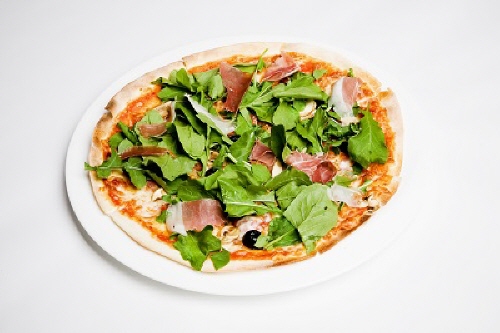
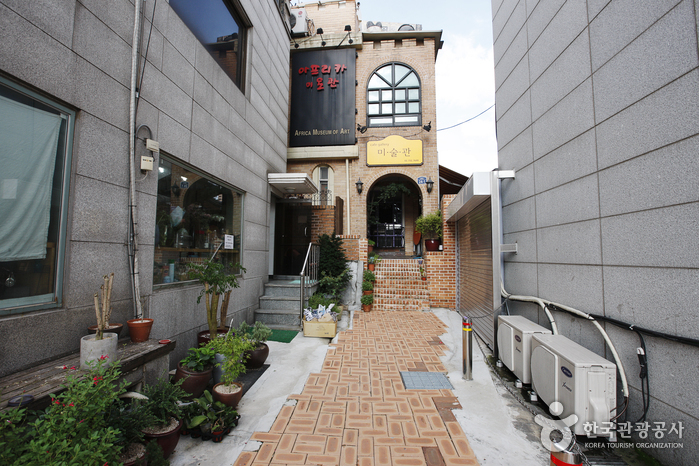
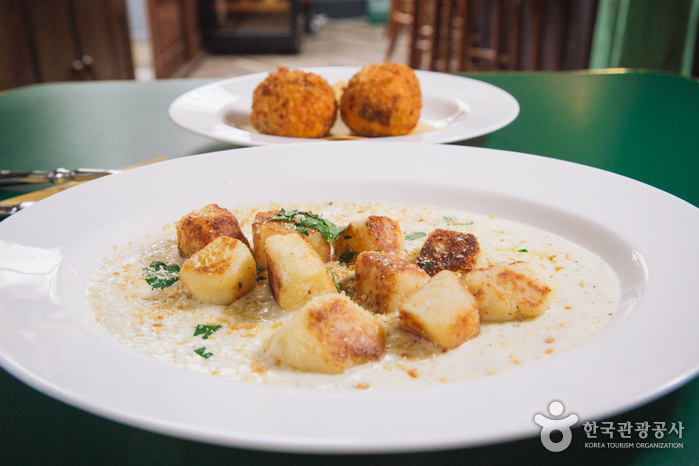
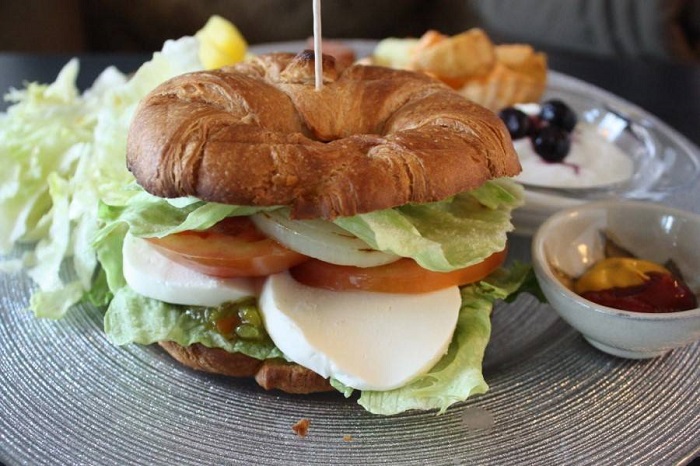
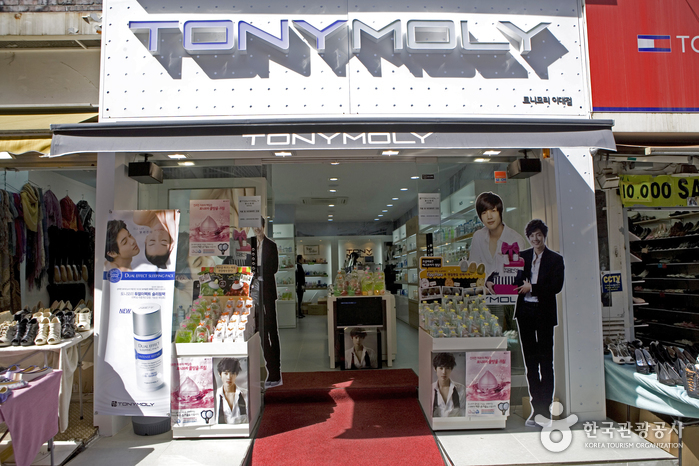

![Jellycrew - Ewha Womans Univ. Branch [Tax Refund Shop] (젤리크루 이대점)](http://tong.visitkorea.or.kr/cms/resource/58/3313658_image2_1.jpg)
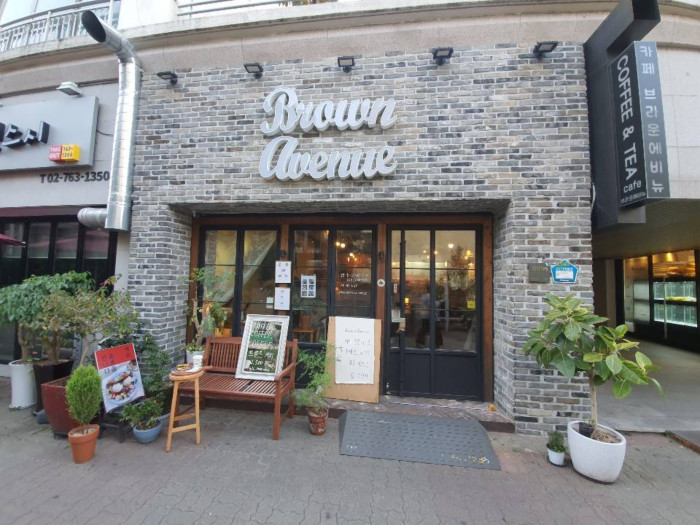
![M.Ffin - Guro Branch [Tax Refund Shop] (엠핀 구로)](http://tong.visitkorea.or.kr/cms/resource/46/2880246_image2_1.jpg)
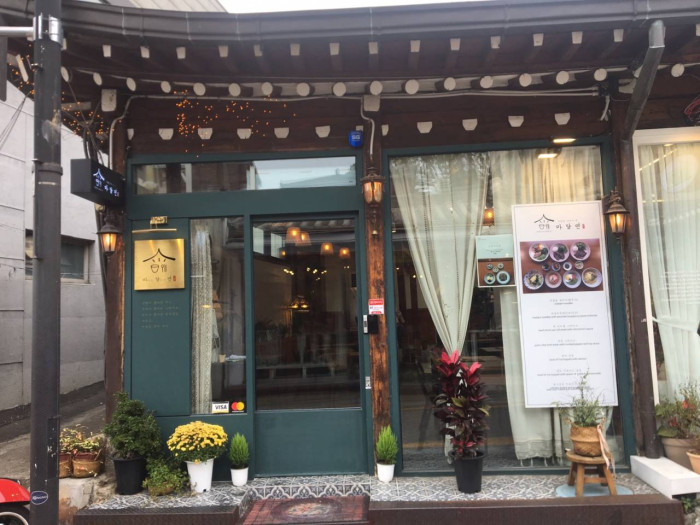
 English
English
 한국어
한국어 日本語
日本語 中文(简体)
中文(简体) Deutsch
Deutsch Français
Français Español
Español Русский
Русский